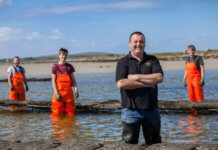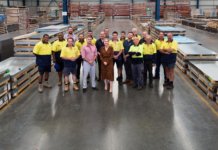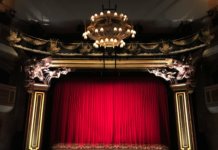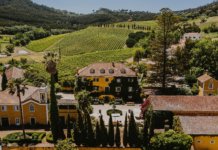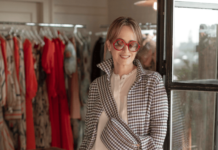For Hästens, manufacturers of superior-quality beds that can last centuries, multigenerational sustainability is a combination of cutting-edge innovation and timeless tradition. Now in its sixth generation, Hästens has adapted considerably since 1852, embracing technology while staying true to their founder’s 168-year-old commitment to exceptional value.
As the architect of the company’s 21st-century expansion, Jan has leveraged the power of technology in product development and expanded the company’s global reach. At the same time, however, he is not unfamiliar with the difficult side of leadership, having witnessed his parents’ struggle to compete against low-cost mattresses through the 60s and 70s.
After earning his Masters in Industrial Engineering and Management, Jan Ryde returned to the family business, where he worked with his father for more than 30 years. Representing Hästens’s sixth generation, Jan’s son, Lukas, also works with his father. Regardless of the decade, there is continuity in the message passed from one generation to the next: the means of production and distribution may change, but there is no substitute for quality, service or value.
We sat down with Jan and Lukas Ryde to hear how Hästen’s builds this message into their beds and translates it to an exceptional experience for their customers.

Six generations is a remarkable achievement. To what do you attribute Hästens’s longevity?
Jan: Right from the start, my great-great-grandfather was keen to provide exceptional service and high-quality products. He was a master saddler and took great pride in creating lasting value to serve the needs of others. When I joined the business, the company was much smaller, but I recognised the value of helping people. Emphasising this intention is a strategy I’ve maintained. Because of how long they last, and how important a good night’s sleep is, our beds give tremendous value over lifetimes.

How does your family facilitate intergenerational communication?
Jan: I was fortunate to work with my father for almost 30 years. Sometimes we didn’t agree, but over time, we started to think the same way about everything. Now, I work with my son, and we’ve learned to communicate better through working together, just as my father and I did over time. Strong relationships facilitate good communication and vice versa.
Lukas: Hästens has always been part of the family discourse. Growing up, I spent my birthdays and holidays at the factory. We didn’t really have a choice but I remember that I always enjoyed being here.
I began working at the factory in 2012 and reading the 2005 catalogue for the first time that year marked the beginning of my passion for the business. My studies took me away for the most part, however, until 2017 when I resumed an operative role at Hästens.
Strong communication has been a key part of the journey. Growing into my role at the family business has meant learning from my father; through 2018 I was continuously asking him questions. Last year I relied less heavily on him even though there is still much to learn.
Also, many of my coworkers are experts in areas that I’m not, and so I check-in with them whenever I need a second opinion.

How did you scale Hästens from the smaller company you joined into the achievement it is today?
Jan: When I took over from my parents, I immediately realised that I needed to declutter our portfolio. They did well to keep the business alive through a difficult period, and they managed to do so partly by trying new things. At a certain point though, I knew that we had to return to our founder’s vision, so we looked through the archives to get a sense of his perspective – that of a master saddler.
Like any master, he sought perfection, and in that respect, product development has been crucial. We spent considerable time and resources ensuring our beds were the best they could be – perfecting a limited portfolio instead of offering a wide array of products.
“We have adapted to their needs, and they have helped us scale.”
Consumers are willing to invest in an exceptional product regardless of the price point. The ability to reach those customers through a dynamic network of distribution partners has also been instrumental in fuelling our evolution as a company. Moreover, people now recognise the health benefits of quality sleep, and compared with even 20 years ago, our clients get more sleep – it’s a priority for them. We have adapted to their needs, and they have helped us scale.
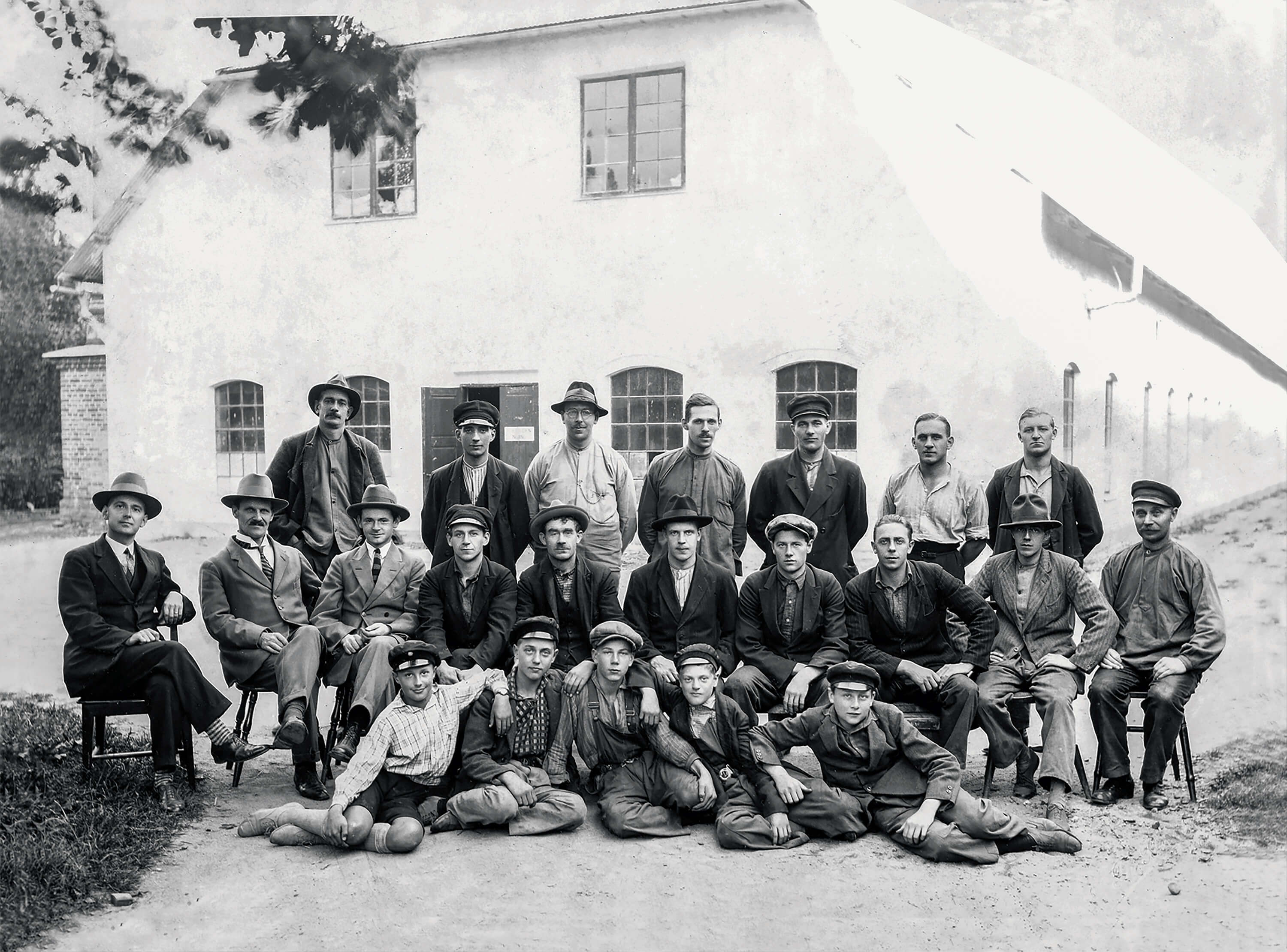
How do you balance innovation with tradition?
Jan: We have to innovate constantly. Product development is crucial for us. From a family standpoint, there are guardians of tradition who help ensure we never lose sight of our relentless quest to provide quality and serve the customer.
Lukas: At the same time as innovating, we celebrate our history and keep our founder’s vision alive. Archiving is both an enriching practice and a tool for next-gens to acquaint themselves with the business.
We are influenced by our history in interesting ways. By reflecting on our 2005 catalogue at length, I discovered a secret – something new we are bringing into our 2020 catalogue.
“…we concentrate on the needs of the consumer – how we can relate to them and give them an excellent night’s sleep.”
What are some other challenges you face in your industry today?
Jan: While most in our industry focus strictly on producing lower-cost mattresses, we concentrate on the needs of the consumer – how we can relate to them and give them an excellent night’s sleep. Our challenge involves finding and hiring the best people to spur our growth as a company. At the same time, we must also address the challenges of expanding our distribution. We currently offer products in 45 countries, but there’s always room to grow.

[ms-protect-content id=”4069,4129″]
What role does e-commerce play in your business model?
Jan: E-commerce is a crucial but complex consideration for us. The demand exists, but we haven’t yet flipped the switch due to a number of factors. For starters, an online sales strategy would impact our retail and wholesale partners, and we must be considerate of their business models. They overwhelmingly prefer that consumers shop for our products in person at their locations.
Regardless, our goal will always be to serve the consumer. E-commerce might give our customers more options, but we also depend on highly qualified people to demonstrate our products. Our clients pay as much as $200,000 for our beds, and typically, they want to see what they are buying.
That said, we put a lot of emphasis on our website. Consumers must have convenient and engaging ways to learn about us and our offerings. Additionally, innovative solutions like our recent iOS integration in our partners’ showrooms enhance the shopping experience for our customers and dramatically cut order time down from 30 to 2 minutes.
Sustainability is often a decisive factor for next-generation consumers. Does Hästen’s reflect this tendency?
Jan: Yes, of course. We have been sustainable since 1852 due to our hand-manufacturing process and the use of natural, ethically sourced materials. In fact, we conducted a survey to find the oldest Hästens bed still in use, and we discovered one that was made in 1902.
Our products are built to last centuries, which makes them uniquely sustainable. When it is time to retire our beds, however, their constituent materials (flax, wood and steel) make them 100 per cent recyclable. Our built-in commitment to sustainability is just one more way Hästens gives value to its customers; they can rest easy at night because of it.
[/ms-protect-content]



